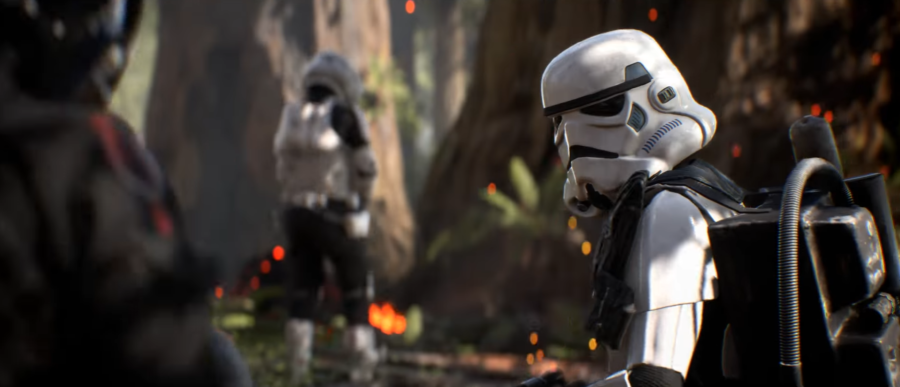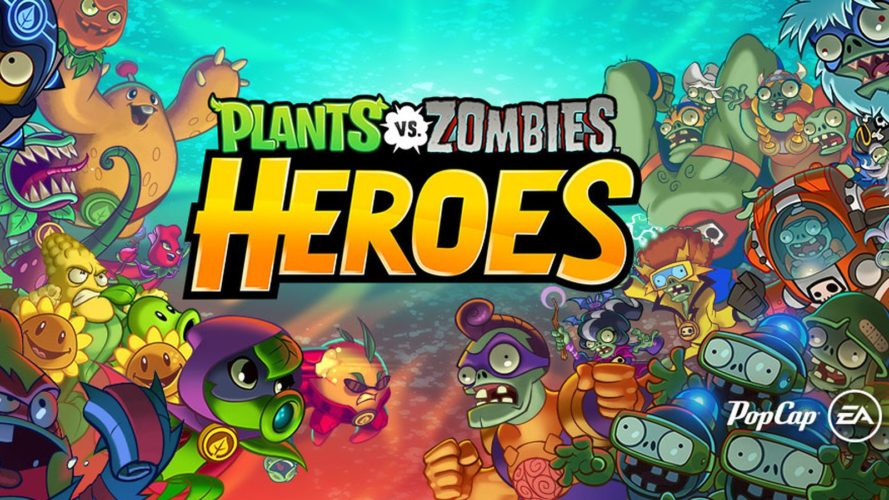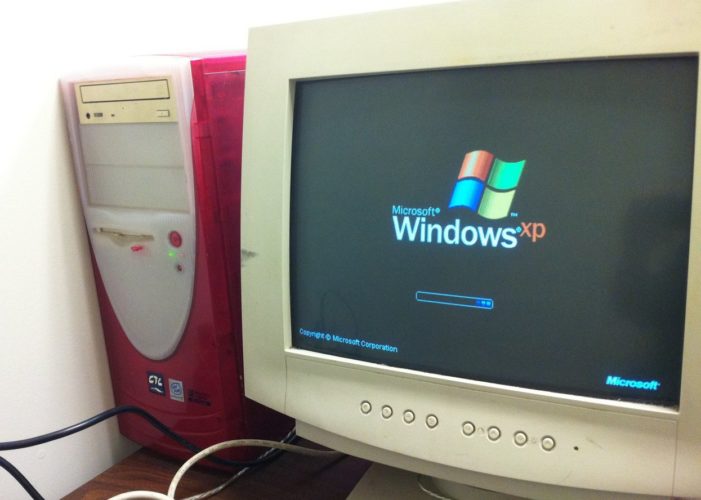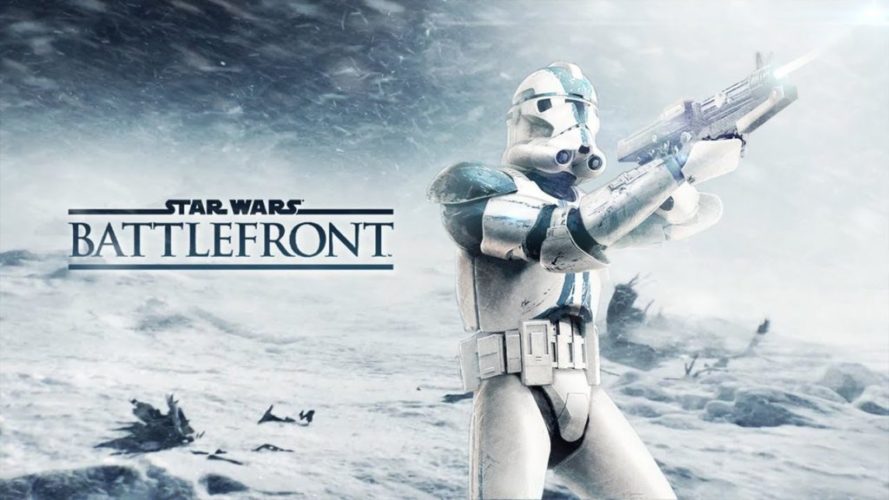Features
On Game Length and Price Management
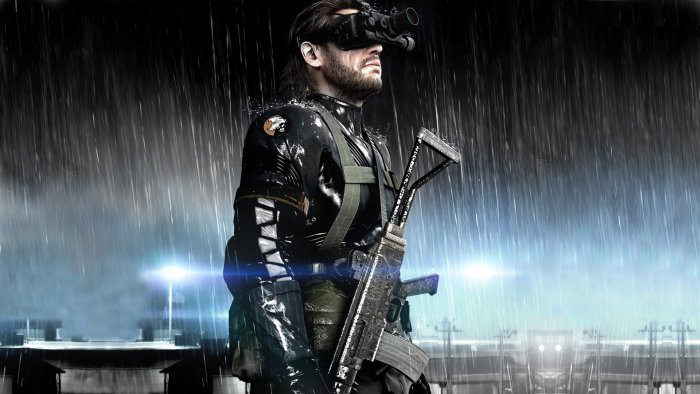
 With the news that Metal Gear Solid: Ground Zeroes can be completed in two hours long dropping as well as a bass into Skrillex’s frying pan, it’s time gamers have a talk about length. As this topic is rife with potential sex jokes, let’s just get to the meat of this issue.
With the news that Metal Gear Solid: Ground Zeroes can be completed in two hours long dropping as well as a bass into Skrillex’s frying pan, it’s time gamers have a talk about length. As this topic is rife with potential sex jokes, let’s just get to the meat of this issue.
The length of the game in question shouldn’t matter, it’s about how good that game is and how much fun can be derived from it. But ultimately the number after the dollar sign, or pound, or yen or whatever currency symbol factors in.
Game Informer recently did a full piece on Metal Gear Solid: Ground Zeroes, the stand-alone prologue to Metal Gear Solid V: The Phantom Pain. They had access to the full game, and reported that two different people were able to complete it in about two hours.
Kojima Productions has come back saying this isn’t true, going so far as to say it’s a “false article. Don’t believe them.” Kojima himself has pointed to the various side missions, and time trials, and that the game is open-world and thus lends itself to replay-ability.
The obvious question is why would a video game developer so candidly say a magazine and its journalists were lying? The fact that Kojima himself would take the time to squash any preconceived fear is an act that itself acknowledges and nurtures those fears.
But the root cause of this fear isn’t how long it takes to play through Ground Zeroes. The heart of the matter is the attached price tag. The digital version of Ground Zeroes is being sold on current gen consoles at $30, and as a $40 retail version. It’s also being sold on previous gen consoles, but only at $10 cheaper respectively. It’s simply too much money for a game that can be completed in such a short amount of time. The $20 digital version is pushing it, and the $40 retail version is borderline robbery.
But this is not an issue unique to Ground Zeroes. With the rise of indie games in the last few years, the question of how long a game should be and its corresponding price is becoming more of an issue. It’s become embedded in our minds that smaller studios make small games, and larger studios make large games, but what happens when a large studio makes a small game? How do you reasonably monetize the amount of time in a video game with the wildcards of fun and quality lurking in the background?
Double Fine is one of the companies that have handled time management appropriately, and their experience is eerily similar to that of Konami with Metal Gear Solid V.
When Double Fine announced Broken Age, their wildly popular Kickstarter game, would be split in two the internet lit up with rage, fear, and doubt. After its release a few weeks ago, we’re seeing much the same reaction as with Ground Zeroes, although to a lesser extent. At $25, you can purchase Act I, fund the completion of Act II, and get Act II for free.
The problem with this otherwise clever model is, once again, the length of Act I. Many are able to get through it in three or four hours without breaking a sweat, and being a retro inspired adventure game with single solution puzzles, there isn’t much in the way of replay value.
But what Double Fine has done right is not charging you twice. Act II is not a sequel, it’s the second half of the same game. There exist several companies that would gleefully jump at the chance to force consumers to shell out twenty hard earned dollars per act, not naming names, EA. So while Act I might be on the short side, they have Act II to look forward to for free, which will at the very least be just as long as Act I.
Kojima, on the other hand, said Metal Gear Solid V will carry its own price tag, likely at the industry standard $60. This puts the consumer in the position of having to shell out anywhere from $80 to $100 for what Kojima himself has said is one video game.
Then there are companies like Telltale Games that exclusively use the episodic gaming formula. Each episode is only about two or three hours long, but at the price of just $5. So for the full price of Ground Zeroes on current gen systems, you can get every episode of The Walking Dead Season 1, and still have another five dollars to buy the first episode of Season 2.
A game should be as long as it needs to be. Sure Portal 2 was a good game, but it wasn’t as good as the original because it didn’t need to be so big and bloated to justify a retail release. Plus Portal was bundled with Half Life 2 and Team Fortress 2, which didn’t hurt.
Charging $20-40 for a video game two hours long is just absurd. You can justify it by saying its open-world, or that it’s got time trials and side missions all you like, but the fact remains that two hours is entirely too short for what they’re charging. It’s good to see the AAA industry trying new models like splitting a game in two. But just like the free-to-play model it seems they’re more than willing to bastardize it, ringing out every penny they can before they move onto the next promising new idea.
Some say you can’t put a price tag on fun, but tell that to gamers in Australia who have to pay $100, sometimes more for their video games. Somehow, I think they’d disagree.
Features
Exploring Valorant eSports Stats: Unveiling the Metrics Behind Competitive Excellence

In the rapidly expanding realm of Valorant eSports, statistical analysis plays a pivotal role in understanding player performance, team dynamics, and the strategic nuances that define success in competitive play. This article delves into the significance of Valorant eSports stats, their impact on the competitive landscape, and how they empower players, teams, and fans alike.
Key Metrics in Valorant eSports Stats
Valorant eSports stats encompass a wide array of metrics that provide insights into player proficiency and team strategies. These include individual performance indicators such as kill-death ratios (K/D), average damage per round (ADR), headshot percentages, and assist counts. Team statistics such as round win percentages, first blood percentages, and economy management efficiency further illuminate strategic strengths and areas for improvement.
Analyzing Player Performance and Contribution
For professional Valorant players, statistics serve as a critical tool for evaluating individual performance and contribution to team success. By analyzing metrics like K/D ratios and ADR, players can assess their impact in securing eliminations, dealing damage, and supporting team objectives. This data-driven approach enables players to identify strengths to leverage and weaknesses to address, enhancing their overall effectiveness in competitive matches.
Strategic Insights and Adaptation
Valorant eSports stats provide valuable strategic insights that shape team tactics and gameplay adaptations. Coaches and analysts analyze statistical trends to optimize agent selections, refine map strategies, and counter opponents’ playstyles effectively. The ability to leverage data-driven decision-making empowers teams to evolve their tactics, adapt to meta-game shifts, and maintain a competitive edge in the dynamic world of Valorant eSports.
Tracking Tournament Trends and Meta-Game Evolution
Beyond individual matches, Valorant eSports stats track broader tournament trends and meta-game evolution. Historical data on agent pick rates, map preferences, and round outcomes reveal emerging strategies and meta-shifts over time. This analytical depth allows teams and analysts to anticipate trends, innovate strategies, and stay ahead of competitors in high-stakes tournaments and league play.
Fan Engagement and Spectator Experience
Valorant eSports stats enrich the spectator experience during live broadcasts and tournament coverage. Fans can follow real-time updates on player performances, compare stats across matches, and engage in discussions about standout plays and strategic decisions. Interactive platforms and statistical dashboards enhance viewer engagement, fostering a deeper connection with the competitive narratives unfolding in Valorant eSports.
Impact on eSports Betting and Fantasy Leagues
Valorant eSports stats play a crucial role in eSports betting markets and fantasy leagues, where informed decision-making hinges on statistical insights. Bettors and fantasy league participants leverage player and team stats to assess form, predict match outcomes, and manage their investments strategically. Real-time updates and comprehensive data analysis enhance the strategic depth and excitement of eSports engagement for fans worldwide.
Technological Advancements and Data Visualization
Advancements in technology have revolutionized how Valorant eSports stats are accessed and analyzed. Streaming platforms and eSports websites offer sophisticated data visualization tools, interactive heatmaps, and player performance overlays that enhance the depth and accessibility of statistical analysis. These technological innovations provide analysts, commentators, and fans with enhanced insights into gameplay dynamics and strategic decision-making.
Future Innovations in Statistic Analysis
As Valorant continues to evolve as an eSports powerhouse, the future of statistical analysis promises further innovations. AI-driven predictive analytics, enhanced machine learning algorithms, and real-time performance tracking technologies are poised to revolutionize how eSports stats are processed and utilized. These advancements will elevate the precision, depth, and predictive capabilities of statistical analysis in Valorant eSports, shaping the future of competitive gaming.
Features
Why Investing in Academics Is Investing in Yourself

The quest for knowledge and self-improvement through academic pursuits is more than just a milestone in life; it is a cornerstone of personal development and success. Committing resources to further education is not merely an expense; it is an investment with considerable returns that extend far beyond the classroom. Education equips us with the tools required to navigate an increasingly complex world, opening doors to opportunities and fostering personal growth. Keep reading to discover why allocating time and resources to your academics is a decision that pays dividends for a lifetime.
The Lifelong Returns of Investing in Your Education
Investing in education is akin to planting seeds that blossom into numerous opportunities. Beyond financial gains, education forms the bedrock for career success and personal fulfillment. It empowers individuals to pursue their passions, enhances job satisfaction, and boosts self-esteem through academic achievements. Education serves as a catalyst for social mobility, breaking cycles of poverty by equipping people with the skills needed to improve their lives and contribute positively to society.
This ripple effect extends to lower crime rates and increased civic engagement, benefiting communities at large. Beginning with scholarships for high school sophomores can provide the initial support needed to embark on this transformative journey. These opportunities signify a commitment to nurturing future leaders and fostering a culture of lifelong learning and achievement.
Personal Growth and Lifelong Learning Through Education
Education is a vital aspect of personal development, providing opportunities for growth, character building, and discovering passions and capabilities. It fosters resilience and adaptability, which are essential in all aspects of life. A strong educational foundation encourages lifelong learning, ensuring individuals remain relevant and proactive in their professional and personal lives.
Education also broadens perspectives, exposing individuals to diverse ideas, cultures, and worldviews, fostering empathy, cross-cultural understanding, and appreciation for the human experience. It also allows for critical assessment and engagement with the world from an informed standpoint. The journey through academia often involves self-discovery, helping students uncover their strengths, weaknesses, interests, and values, leading to a more fulfilled life with aligned choices and goals.
Expanding Your Horizons: The Social Benefits of Academics
Academic investment in education is about building social capital through interactions with peers, faculty, and industry professionals. These interactions foster communication skills and relationships, which are crucial for life stages. Extracurricular activities in academic settings provide platforms for students to express themselves, learn new skills, and take on leadership roles.
Collaborative projects and team-based assignments teach students the importance of teamwork, compromise, and collective pursuit of goals. Higher education institutions also serve as a microcosm of society, requiring social awareness and finesse to navigate the diverse cultural, economic, and ideological perspectives.
How Academic Achievement Propels Professional Success
Professional success often hinges on a blend of experiences and achievements, with academic accomplishments playing a crucial role. Excelling in academia fosters a strong work ethic and sharp time-management skills, highly valued in today’s job market. Employers frequently use academic credentials to gauge candidates, especially for specialized roles like those requiring an aa in paralegal studies, where in-depth knowledge is pivotal.
Moreover, higher education equips individuals with specialized knowledge and technical skills that are indispensable in complex roles. Critical thinking and problem-solving abilities, nurtured during academic pursuits, further enhance one’s capacity to tackle challenges creatively. The networks formed during academic years often open doors to valuable career opportunities through mentorships and connections.
Leveraging Educational Investments for Career Advancement Opportunities
Investing in education can significantly impact career advancement, as academic qualifications often lead to promotions, leadership roles, and exclusive professional circles. Continuous education can lead to specialized career paths with higher salaries and statuses, especially in evolving fields. Higher education institutions offer career services like resume-building workshops and job placement programs to help students transition from academia to the workforce effectively.
For those already in the workforce, further education can be a strategic move for career change or progression, with flexible online programs and part-time options allowing working professionals to pursue additional qualifications while maintaining their current positions.
Altogether, the investment in academics is a far-reaching decision that impacts not just your immediate circumstances, but your future potential. As you prioritize your academic pursuits, you build a stronger foundation for success in every aspect of life—professionally, personally, and socially.
Business
Conquer the Digital Toolbox: A Home Improvement Pro’s Guide to Online Marketing Success

In the not-so-distant past, home improvement businesses thrived on word-of-mouth referrals and the occasional ad in the local newspaper. But times have changed. Today’s homeowners are tech-savvy, turning to their smartphones and laptops to research contractors, compare prices, and read online reviews before making a decision. This shift towards digital means that even the smallest mom-and-pop operation needs a strong online presence to stay competitive.
The good news is, the internet has leveled the playing field. It’s no longer about who has the biggest advertising budget; it’s about who has the smartest digital marketing strategy. By understanding the fundamentals of search engine optimization (SEO) and implementing effective online marketing tactics, even small businesses can punch above their weight and attract a steady stream of qualified leads.
Building Your Online Basecamp
Utilizing home improvement SEO strategies might sound like a complex digital puzzle, but it boils down to a simple goal: making sure your business pops up when potential customers search for the services you offer. Imagine a homeowner in your area with a leaky pipe. What are they most likely to do? Grab their smartphone and search for “plumber near me” or “emergency plumbing services”. If your website isn’t optimized for these types of searches, you’re essentially invisible to those customers who are actively seeking your help.
This is why SEO is so crucial for home improvement businesses. Homeowners facing a plumbing issue, a damaged roof, or a pest infestation don’t have the luxury of browsing through endless pages of search results. They need immediate solutions, and your website needs to be at the top of those results to capture their attention.
Regardless of your specific trade, there are some foundational SEO steps that every home improvement business should take. Start by claiming and optimizing your Google Business Profile (formerly Google My Business). This free listing allows you to manage how your business appears in Google searches and Maps, ensuring potential customers have accurate contact information and hours of operation.
Consistency is key: make sure your business name, address, and phone number are consistent across all online platforms, from your website to your social media profiles. This builds credibility and makes it easier for search engines to associate your business with relevant search terms.
The HVAC Pro’s Digital Tune-Up
Ready to crank up your HVAC business’s online presence? The key is to start with a focused and actionable plan. Forming a helpful HVAC digital marketing checklist to do right now can be your first step towards success, guiding you through the essential stages to boost your visibility and attract more customers.
Begin by targeting the right keywords. Generic terms like “furnace repair” or “air conditioning” are highly competitive. Instead, get specific to your service area and offerings. Think “emergency furnace repair in [your city]” or “AC tune-up specials in [your neighborhood].” By tailoring your keywords to the searches potential customers in your area are actually conducting, you increase the chances of your website appearing at the top of relevant results.
Content marketing plays a crucial role in establishing your expertise and building trust. Think of your website’s blog as an opportunity to answer common questions before customers even pick up the phone. Craft informative articles or videos on topics like “How to Choose the Right Air Filter for Your Home” or “5 Signs Your AC Needs Repair.” By offering valuable advice, you not only attract potential customers through search engines but also position yourself as a knowledgeable resource.
Don’t underestimate the power of social media for HVAC businesses. Platforms like YouTube and Facebook can be powerful tools for showcasing your expertise and connecting with your community. Consider creating short “how-to” videos on simple maintenance tasks, sharing before-and-after photos of your projects, or even offering virtual consultations to answer questions and address concerns. By being active and engaged on social media, you can build brand awareness and trust, which ultimately translates into more leads and higher conversion rates.
Roofing Marketing: Beyond the ‘After’ Photo
While impressive before-and-after photos of completed projects remain actual in roofing marketing ideas, the digital age demands a more nuanced approach. While those shiny new roofs might capture initial attention, they don’t tell the whole story. To truly connect with potential clients and differentiate your company from the competition, you need to delve deeper.
Sharing compelling case studies that showcase your expertise and problem-solving skills can be incredibly impactful. Highlighting unique challenges you’ve encountered, such as intricate roof designs or unusual materials, demonstrates your capabilities and reassures potential clients that you can handle their specific needs. Client testimonials add another layer of authenticity to your marketing efforts. Allowing satisfied customers to share their positive experiences in their own words builds trust and credibility.
Partnering with local real estate agents can be a mutually beneficial strategy. They often encounter homeowners who need roof repairs or replacements, and your expertise can be a valuable asset to their clients. By offering referral incentives or even co-hosting informational webinars, you can forge strong relationships within your community and gain access to a steady stream of qualified leads.
Finally, don’t underestimate the power of local SEO. Optimizing your website for keywords like “roofers near me” or “roofing companies in [your city]” ensures that your business appears prominently in search results when homeowners in your area are actively seeking roofing services.
The Pest Control Playbook
Pest control isn’t a year-round concern for most homeowners, which means learning about specifics of pest control SEO is required for successful marketing. Searches for “pest control” services often spike during specific seasons. Think about it: you’re more likely to worry about tick prevention in the spring, mosquito control in the summer, and mice infestations as the weather turns cold. Understanding these seasonal trends is crucial for tailoring your content to address the most pressing concerns of potential customers at any given time.
For many people, dealing with a pest infestation is an emotional experience. It can trigger feelings of anxiety, disgust, and even fear. This is where content marketing plays a crucial role in not just attracting clients, but reassuring them. Instead of solely focusing on advertising your extermination services, offer helpful information that empowers homeowners to take preventive measures. Blog posts on identifying common pests, tips for keeping rodents out of your home, or natural remedies for insect control show you understand their concerns and are invested in their well-being.
In the pest control industry, online reviews are worth their weight in gold. When dealing with an infestation, people want fast, effective solutions. Positive reviews on platforms like Google and Yelp build trust quickly, assuring potential customers that your company has a proven track record of success.
Measuring Your Wins
It’s tempting to measure your digital marketing success by the number of likes, shares, or followers you accumulate on social media. While these “vanity metrics” might feel good, they don’t necessarily translate into real business growth. For home improvement companies, the true measure of success is the number of qualified leads and booked jobs generated by your online efforts.
Don’t get lost in a sea of clicks and impressions. Instead, focus on tracking the metrics that truly matter to your bottom line. How many visitors to your website actually fill out your contact form or call to schedule an estimate? How many of those leads turn into paying customers? By carefully tracking these conversions, you can gain valuable insights into which marketing channels are most effective, which types of content resonate with your audience, and ultimately, what’s driving your business forward.
While the world of website analytics can be intimidating, there are user-friendly tools available to help you track your progress without getting bogged down in technical details. Google Analytics, for example, provides a wealth of information about your website traffic, including where visitors are coming from, which pages they’re viewing, and how long they’re staying on your site. By setting up conversion tracking, you can even see which marketing efforts are directly resulting in leads and sales. Other platforms offer simplified dashboards and reports tailored to the needs of small businesses, making it easier than ever to harness the power of data and make informed decisions about your marketing strategy.
When to Get Expert Help
While the initial stages of home improvement SEO can be handled in-house, there comes a point when seeking professional guidance becomes a wise investment. If you’ve diligently implemented the basic steps of SEO, like optimizing your website and Google Business Profile, but aren’t seeing the desired results, don’t despair. It could simply mean your business needs a more comprehensive and tailored approach. Similarly, if the thought of managing a blog, crafting social media posts, or analyzing complex website data makes you want to pull your hair out, it’s okay to admit you need help.
When searching for a marketing partner, it’s crucial to find an agency with a deep understanding of the unique challenges and opportunities faced by home improvement businesses. A generic marketing agency might have experience with e-commerce or retail, but they won’t grasp the nuances of the construction industry. Look for a company that specializes in home services marketing. They’ll understand the seasonal fluctuations in demand, the importance of local SEO, and the specific types of content that resonate with homeowners.
Conclusion: Building Your Digital Empire
Building a powerful online presence for your home improvement business is a journey, not a destination. SEO isn’t a magic wand you wave once to achieve instant success. It’s an ongoing process that requires patience, consistent effort, and a willingness to adapt to the ever-changing digital landscape. But the rewards are well worth the investment. By staying committed to your SEO strategy, you can steadily climb the search engine rankings, attract a consistent flow of qualified leads, and establish your business as a trusted authority in your local market. Don’t be afraid to seek out additional resources and guidance as you navigate this digital journey. There are several industry-specific blogs and podcasts that offer valuable insights and advice on how to optimize your online presence. Resources like Comrade Digital Marketing blog can help you stay up-to-date on the latest trends, learn from the successes (and failures) of others, and ultimately build a thriving online empire that sets your home improvement business apart from the competition.
-

 Guides4 years ago
Guides4 years ago6 Proven Ways to Get more Instagram Likes on your Business Account
-

 Mainstream9 years ago
Mainstream9 years agoBioWare: Mass Effect 4 to Benefit From Dropping Last-Gen, Will Not Share Template With Dragon Age: Inquisition
-

 Casual8 months ago
Casual8 months ago8 Ways to Fix Over-Extrusion and Under-Extrusion in 3D Printing
-
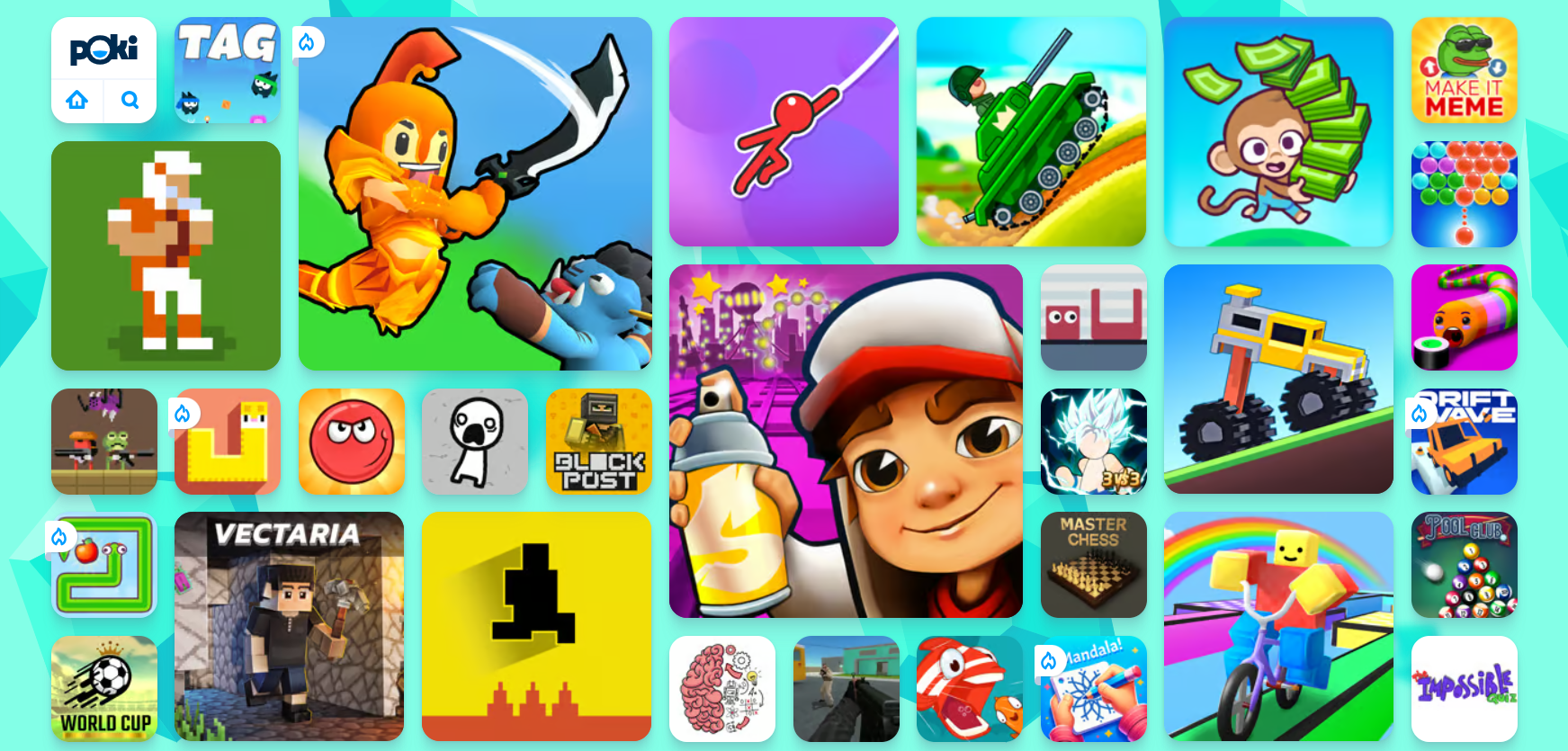
 Guides5 months ago
Guides5 months agoExplore 15 Most Popular Poki Games
-

 Guides1 year ago
Guides1 year agoGan Rubik’s Cube vs. Traditional Rubik’s Cube: Key Differences and Advantages
-

 Uncategorized3 years ago
Uncategorized3 years agoTips To Compose a Technical Essay
-

 iOS Games1 year ago
iOS Games1 year agoThe Benefits of Mobile Apps for Gaming: How They Enhance the Gaming Experience
-

 Mainstream11 years ago
Mainstream11 years agoGuild Wars 2: The eSports Dream and the sPvP Tragedy

